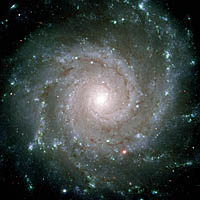Dark Sky Discovery Sites
It’s somewhere that is a good place to see the night sky. They have relatively
dark skies and good sightlines, with few tall buildings or trees. Most are
freely open to the public. Some have special access arrangements or host
stargazing events.
All are wheelchair friendly - though in many cases better views can be had
from a spot that is a short walk over rougher ground.
Check the google map for full details on each site, and our Guidance Notes
for full general information.
How dark are they and what can I see?
The darker the site, the more stars you can see. There are two levels of
Dark Sky Discovery Site:
• One Star sites. At these sites, you can see the seven main stars in the
constellation The
Plough, on any clear night in the year. Over the whole
sky, you can see hundreds of stars. At different times of the year, you will
see all the main constellations, planets and shooting stars. These sites
include town parks and playing fields and car parks in much of the countryside.
• Two Star sites. At these sites, you can also see The
Milky Way, the “cloudy
band” that is our view through our own galaxy - on any clear night when the
Moon is not in the sky. You are looking at several thousands of stars! These
sites are in rural areas, such as National Parks and areas specially protected
as Dark Sky Parks or Reserves.
So, being able to see The Plough or The Milky Way is as good indication of
the Light Pollution levels wherever you are.
What’s the best way to visit one?
To make the most of your Dark Sky Discovery Site:
• Take a look at our stargazing top
tips.
• Visit in a group with a responsible adult – it’s safer and more fun!
• Check the website for the Site (linked from the google map) for the latest
access information.
• Follow the countryside code for England, Scotland, Wales or North Ireland.
How do I nominate somewhere as a Dark Sky Discovery Site?
If you know a good stargazing spot, get in touch with a local organisation
- such as a school, community group, or environmental organization, or astronomy
club – to help you nominate the site using our Form and Guidance notes.
